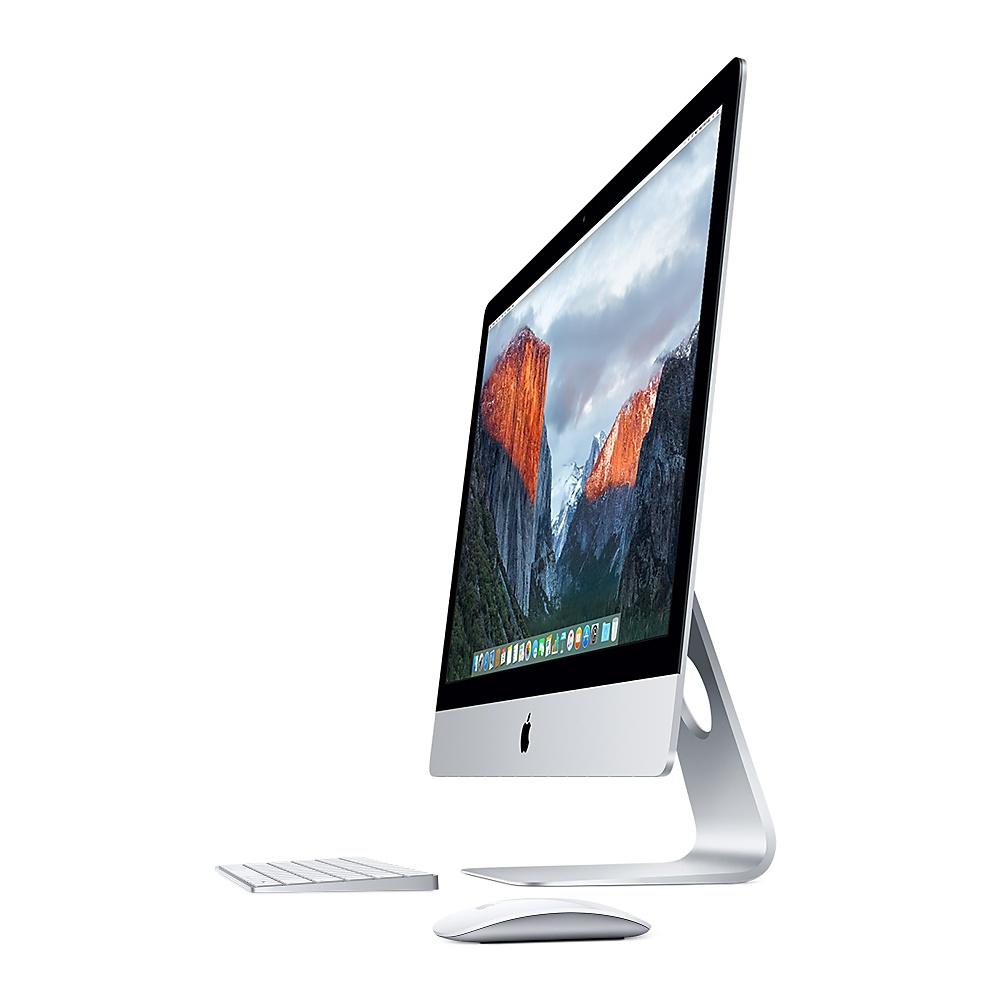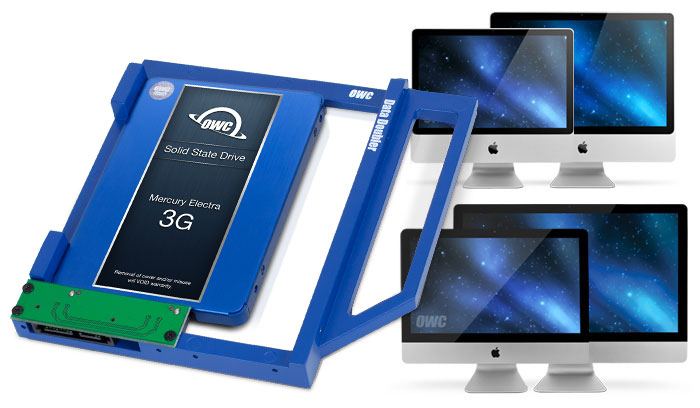
- #1tb solid state drive for imac full#
- #1tb solid state drive for imac series#
- #1tb solid state drive for imac mac#
In all three cases, connection speed was given as 10 Gb/s, with two giving read rates of 508 and 509 MB/s, and write rates of 492 and 487 MB/s. The third was to one of the ports on the back of an Apple Studio Display, which Apple describes as “downstream USB‑C ports (up to 10Gb/s)”, again without giving any details of the standard they comply with.
#1tb solid state drive for imac mac#
Three connections were made to USB-C ports, two to the ports on the front of a Mac Studio Max, which Apple merely describes as “USB-C ports” without further details of the standard they comply with. Read rates ranged between 386-406 MB/s, and write rates between 430-435 MB/s. In all five connections made directly to a Thunderbolt port on an M1 Mac, using either a USB-C or Thunderbolt 4 cable, connection speed was 5 Gb/s. When connected to an Intel Mac using a USB-C cable, connection speed was given as 10 Gb/s, with typical read rates of 470 MB/s, and write rates of 480 MB/s. markelp and other users have reported similar results using other widely available benchmarking apps. On relatively slow SSDs, dispersion is narrow and reproducibility excellent. Results given are those for Theil-Sen regressions. If anything, that could result in overestimation of the read rate. The procedure detailed as the ‘Gold Standard’ test was followed, without restarting the Mac between the write and read tests.
#1tb solid state drive for imac series#
Transfer rates were measured using my free app Stibium, version 1.0 (55), which wrote a total of 160 files of sizes from 2 MB to 2 GB in size to a folder on the SSD being tested, and read those same files back (Series Write and Series Read Tests as detailed in Stibium’s Help reference). Again, each was verified by establishing SuperSpeed+ 10 Gb/s connections to an Intel Mac.Ĭonnection speeds were read from the SSD’s entry in the USB data given in System Information. Each was connected to an Intel Mac (including an iMac Pro) and it was verified that they established connection at SuperSpeed+ 10 Gb/s with those Macs.Ĭables used included a certified Thunderbolt 4 model, and the USB-C (data) cables provided with the cases. In personal testing, these were mounted in basic UGREEN and similar cases claimed to be compatible with USB 3.1 Gen 2. Additional results used were obtained on other M1 models.Ī range of different external SSDs was used, using Crucial and Samsung SATA SSDs.
#1tb solid state drive for imac full#
Apple MacBook Pro 16-inch, 2021 with M1 Pro, 32 GB memory, 2 TB internal SSD, using its internal display.īoth were running macOS 12.3.1 in Full Security mode, with no extensions which might affect USB or Thunderbolt transfer speeds.Apple Mac Studio with M1 Max, 32 GB memory, 2 TB internal SSD, connected to an Apple Studio Display.

Personal testing was performed using two M1 models It’s common wisdom that external USB-C devices can normally be connected to USB-C format ports, including those capable of Thunderbolt 3 or 4, using either a USB-C (data) cable, or a Thunderbolt 3 or 4 cable. In normal testing, 5 Gb/s should yield around 500 MB/s, 10 Gb/s gives around 1200 MB/s, and 20 Gb/s about 2400 MB/s.

The raw transfer speeds given aren’t achieved in practice, because of encoding and other overheads.


Apple claims that all its new models using M1 series chips come with Thunderbolt ports which support “USB 3.1 Gen 2 (up to 10Gb/s)”.


 0 kommentar(er)
0 kommentar(er)
